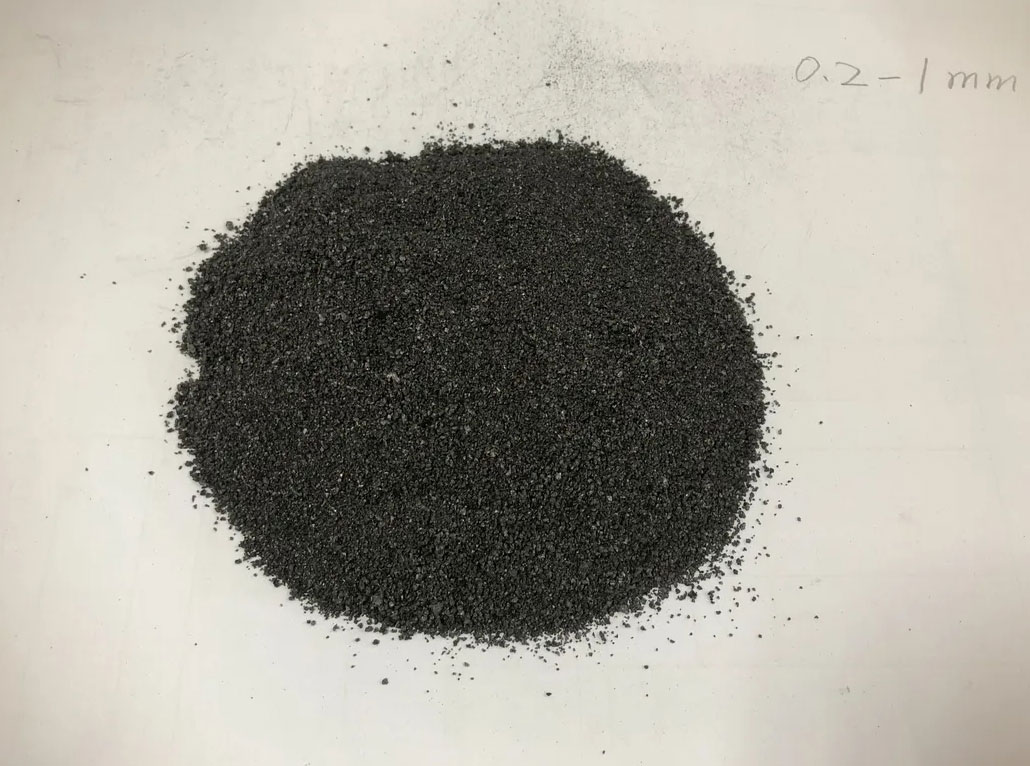
Graphite Petroleum Coke is an important component of the steel production process. It is used as a carbon enhancer in order to boost the quality of steel and improve the efficiency of its production. The addition of GPC can also help reduce impurities in molten metal which leads to greater mechanical properties and better resistance to corrosion.
GPC is a special material with a variety of unique properties that make it a great alternative to coal in many industrial applications. It has a high thermal conductivity that allows it to transfer heat fast and efficiently. This allows it to perform vital functions such as accelerating the heating of metallurgical melts, decreasing the amount of energy needed to melt and enhancing the overall temperature control of a furnace. This reduces energy use and emissions during the manufacturing process, which makes it a low-cost, green alternative.

Coal-based carbon sources such as charcoal are generally more expensive than petroleum coke for many industrial applications. A new method of turning petcoke into graphite may change this by reducing the cost of producing steel. In a study published in journal Science Advances, researchers from UC Berkeley found that they could produce a graphite substitute for steelmaking by using an existing coke-to-graphite process which uses a hydrofluoric acid solution to disintegrate cellulose and other organic compounds. The resulting product is a flake-like material that has a high-specific surface area and a unique structure that makes it highly conductor and capable of dispersing heat.
This research has paved the way for the commercialization of a brand new type of carbon that could be made from coke in an easy cost-effective, efficient, and efficient method. This material, referred to as "graphitized Petroleum Coke" or GPC is ideal for energy storage. It can be used in electric vehicles as well as consumer electronics and other applications. GPC's superior energy storage capacity enables it to endure multiple charging and discharging cycles without diminishing battery performance or life.
The morphology can vary in the calcined petcoke, ranging from needle-like coarse particles to flakes that have crystallites that are well-developed, but not in the direction of c (see Figure 7.8a for a more detailed illustration). These variations are caused by gas released during coking and the presence impurities. The crystal structure of a coke can be classified based on its sulfur content and the extent to the extent it has been graphitized.
To ensure that a petcoke is of good quality and suitable for a variety of industrial applications, it has to undergo a meticulous drying process. This is a crucial step that must be carefully controlled to remove any moisture that could cause undesired reactions during the calcination process. The dried coke is then subjected to a process of graphitization to transform it into a material with a much more stable and crystalline structure. The graphitized petroleum coke can be utilized in a variety of ways, such as an electrode paste for aluminum smelting and precision casting as a refractory for furnaces for metallurgical processing, and in other applications.

Write a Message